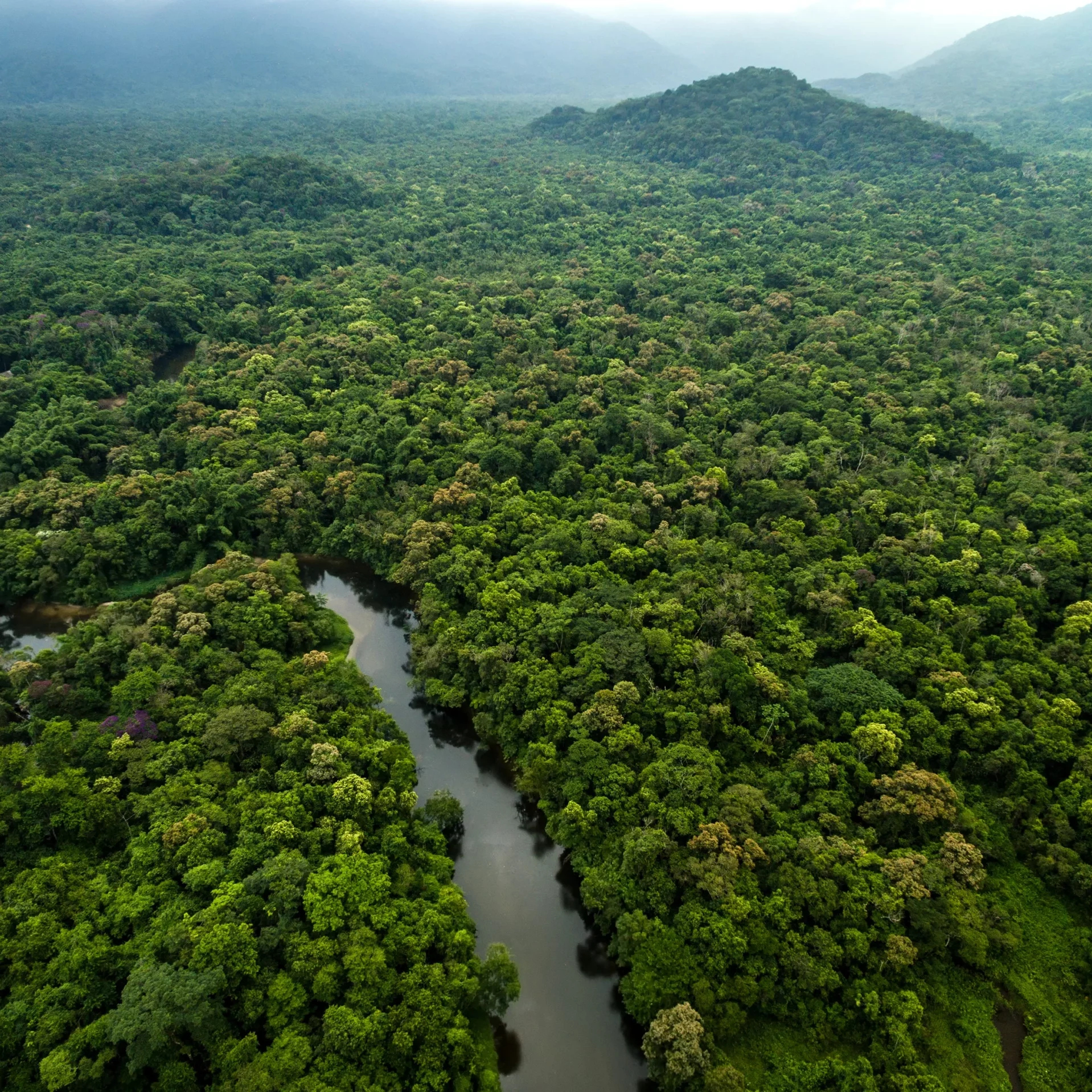Grant Program
BOLT
Grantee Name
Instituto Nupef
Grant Start Date
1 December 2022
Grant End Date
30 November 2023
Amount Funded
$200,000.00
City
Rio de Janeiro
Country
Brazil
Region
Latin America & Caribbean
OBJECTIVE OF THE PROJECT
The project focuses on testing wireless technologies to enhance connectivity for sparse, low-density communities, especially in the Northern region of Brazil, with applicability to other regions as well. It aims to accumulate expertise for deploying various forms of connectivity to achieve quality, affordable, permanent access in these communities.
This project aims to build, test, and enable long-range wireless networks using the latest white-space equipment in the VHF-UHF bands, as well as other new WiFi technologies, in a combined point-to-point, and star network overcoming long distances in dispersed communities.
WHY IS THIS PROJECT IMPORTANT?
The digital divide in Brazil is still a major problem, especially in the Northern region, and in rural and forested areas. These populations suffer not only from social and economic inequality, but are deprived of many rights. They fight on a daily basis to survive and preserve their rights and the environment. They are key environment defenders and face many conflicts in their territories related to deforestation, land use, as well as life preservation.
Internet access is critical to helping indigenous peoples and traditional communities to increase their resilience and advocacy capacity, serving as a tool to help efforts such as protecting the environment. Despite this importance, technical difficulties persist and Internet public regulations are not designed to reach communities in the Amazon forest. In this context, the project contributes to solving the connectivity problem faced by people who live in a forested area and who are not served by traditional radio, cellular or cabling connection technologies.
The project also has a direct impact on all or nearly all future community telecommunications projects that involve distances greater than what is currently operable – up to 10 km or even more (near line of sight). This particularly impacts community networks reaching sparse rural communities.
*Please note that the image in this summary is for illustrative purposes only and does not depict the described project.
Credit: Shutterstock/ Gustavo Frazao

